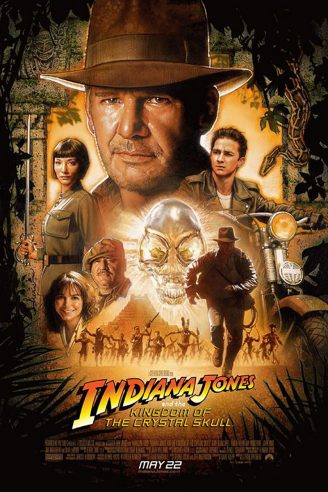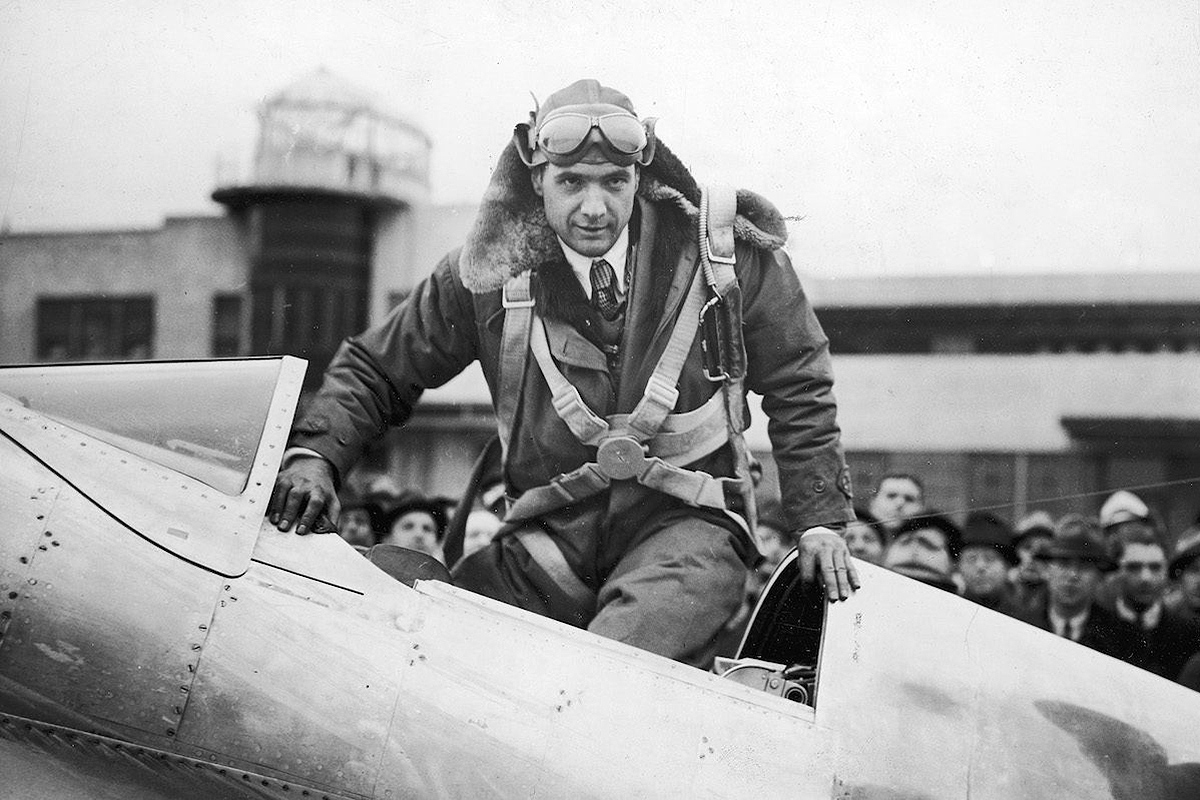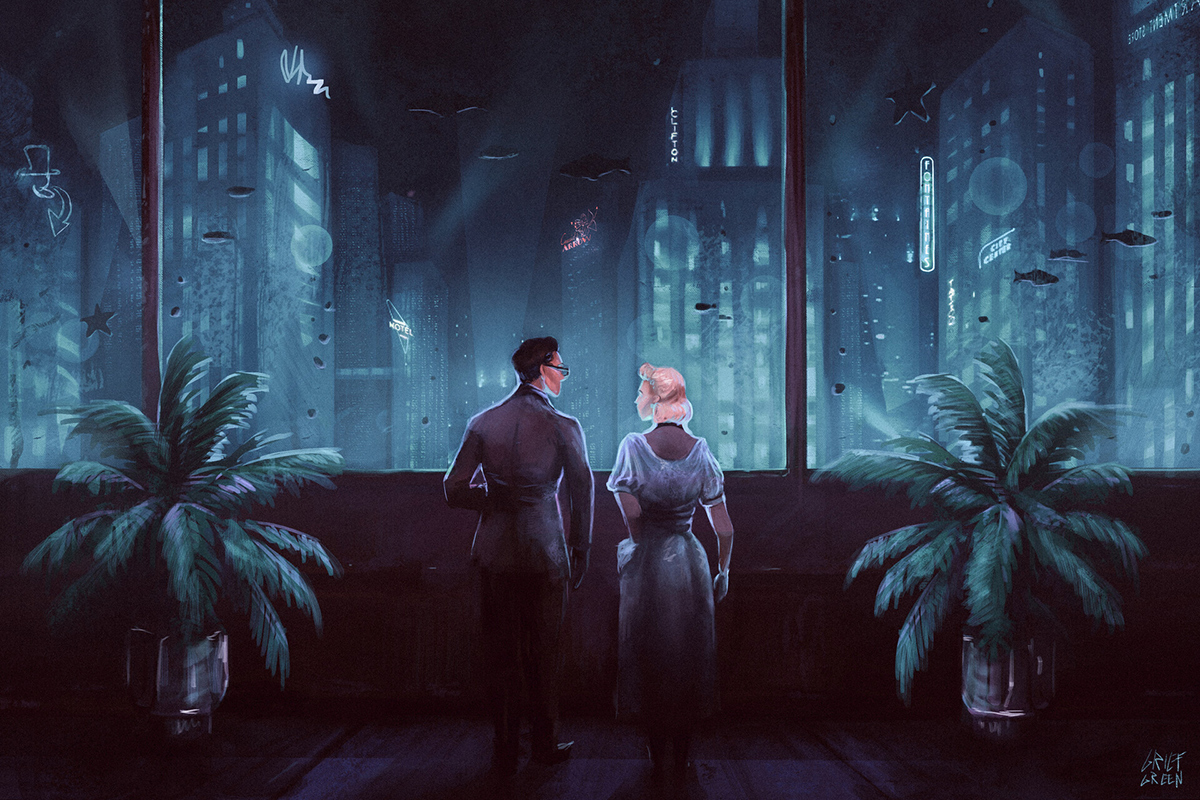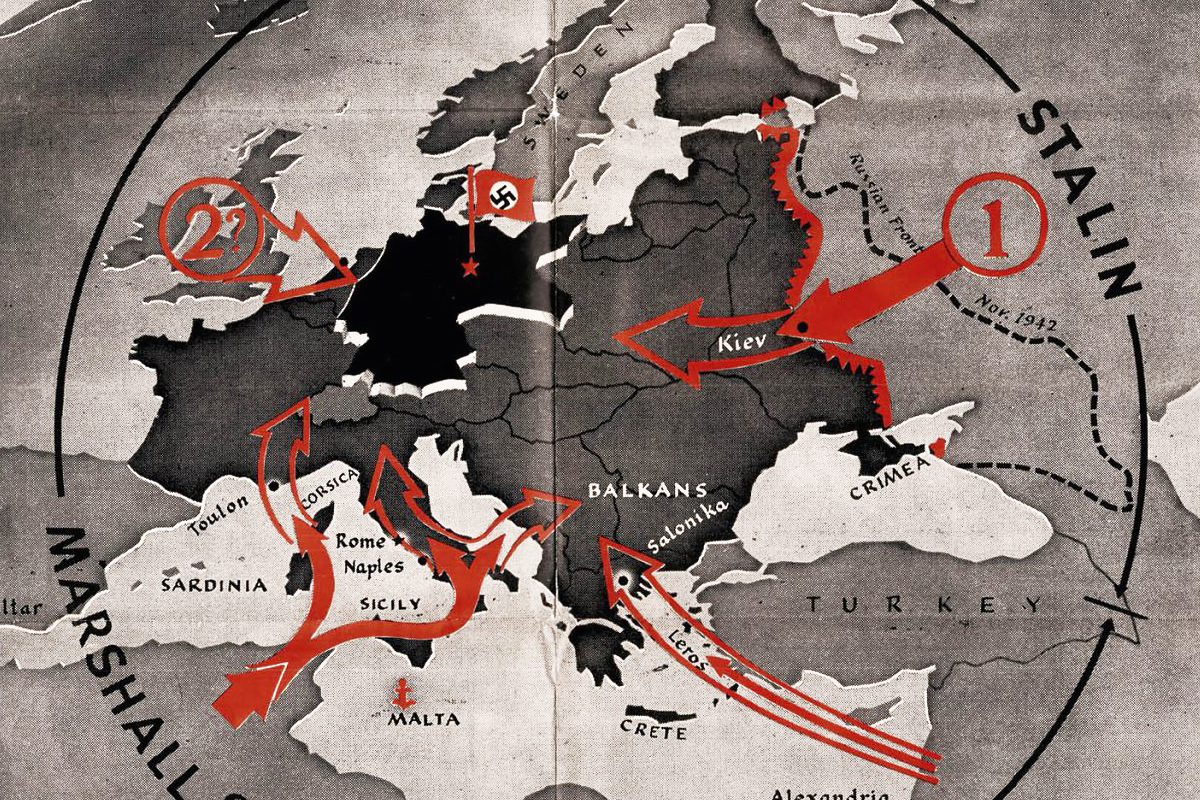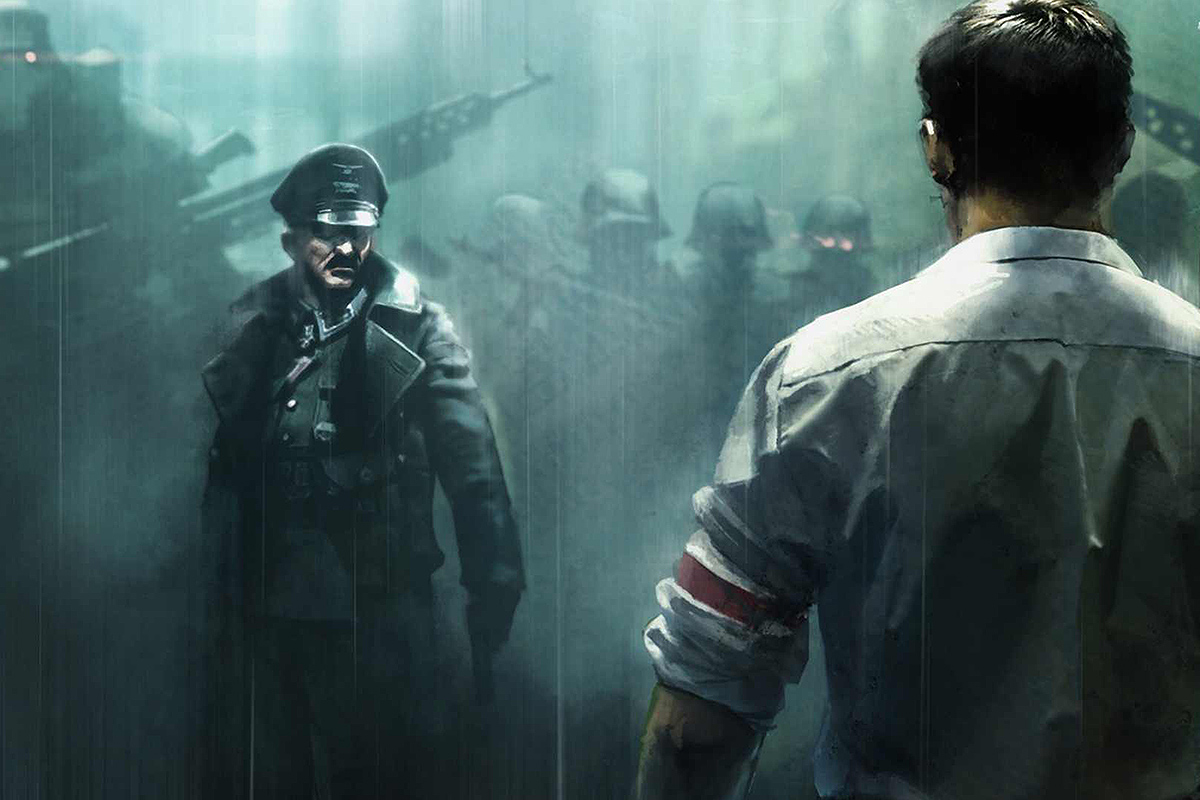Though they were conceived and produced long before the term “dieselpunk” was coined, the Indiana Jones films remain some of the most seminal and enjoyable parts of the genre. They include many of the hallmarks of dieselpunk and pulp storytelling, including a protagonist who is at the top of his field but is not afraid to get his hands dirty, antagonists both political and mystical, and an atmosphere of adventure.
While all three Indiana Jones films are recognized as popular successes, it is possible to argue that some are better than others. Some people prefer one leading lady or another; others simply feel the action in Raiders of the Lost Ark or the suspense of The Last Crusade makes for a better movie.
Like a good pulp serial of the 30s or 40s, Indy’s adventures did not stop with the first successful story either. Aside from the films, there was a television show featuring a younger Indiana and a number of novels and comic books that further defined his world.
Some of the additional material was even more dieselpunk-feeling than the original, featuring ancient technology alongside occult influences. Anyone who enjoyed the films would be well- advised to seek these out as well.
With all that in mind, we must consider the latest addition to the Indiana Jones franchise, Indiana Jones and the Kingdom of the Crystal Skull.
Set in 1957, Crystal Skull has a very different cultural feel than the earlier films. It is the height of the McCarthy era and the filmmakers touch on that paranoia more than once, anchoring the film late in the dieselpunk era and giving us dirty commies instead of dirty Nazis for our villains before Indy and company run off into the timeless jungle.
Indiana is still Indiana, despite the passage of time and the mistreatment of his hat. Harrison Ford is clearly comfortable in the role and the magic is still there, through most of his performance.
Marion is the first leading lady to return in an Indy film and in some ways that return heralds the biggest departure from the pulp genre. Pulp heroes are often lone wolves, moving from one woman to the next as the winds take them from adventure to adventure, and that has always been the case with Indy. Even in the novels, he seemed unable to hold on to a woman for more than two or three volumes.
Karen Allen clearly had a ball returning to this role and I have to confess Marion has always been my favorite of Indy’s leading ladies.
The most surprising choice in my mind was the inclusion of Mutt, Indy’s sidekick, as played by Shia LaBeouf. I was pleasantly surprised by Shia’s performance, even if the script did seem determined to give Mutt the most awkward and ridiculous scenes possible.
The villains are competently played, though Cate Blanchett occasionally seemed to have a hard time with her accent.
In the end, this film is both a part of the Indy mythos and a love letter to it, in the same way the Indiana Jones franchise is both a tribute to the pulp genre and a fine example of it. While the story is weak compared to Raiders or Last Crusade, it is still sufficient to be better than most adventure films and there is plenty for fans of Indiana Jones to enjoy.
This story first appeared in Gatehouse Gazette 1 (July 2008), p. 17, with the headline “Indiana Jones and the Kingdom of the Crystal Skull”.

